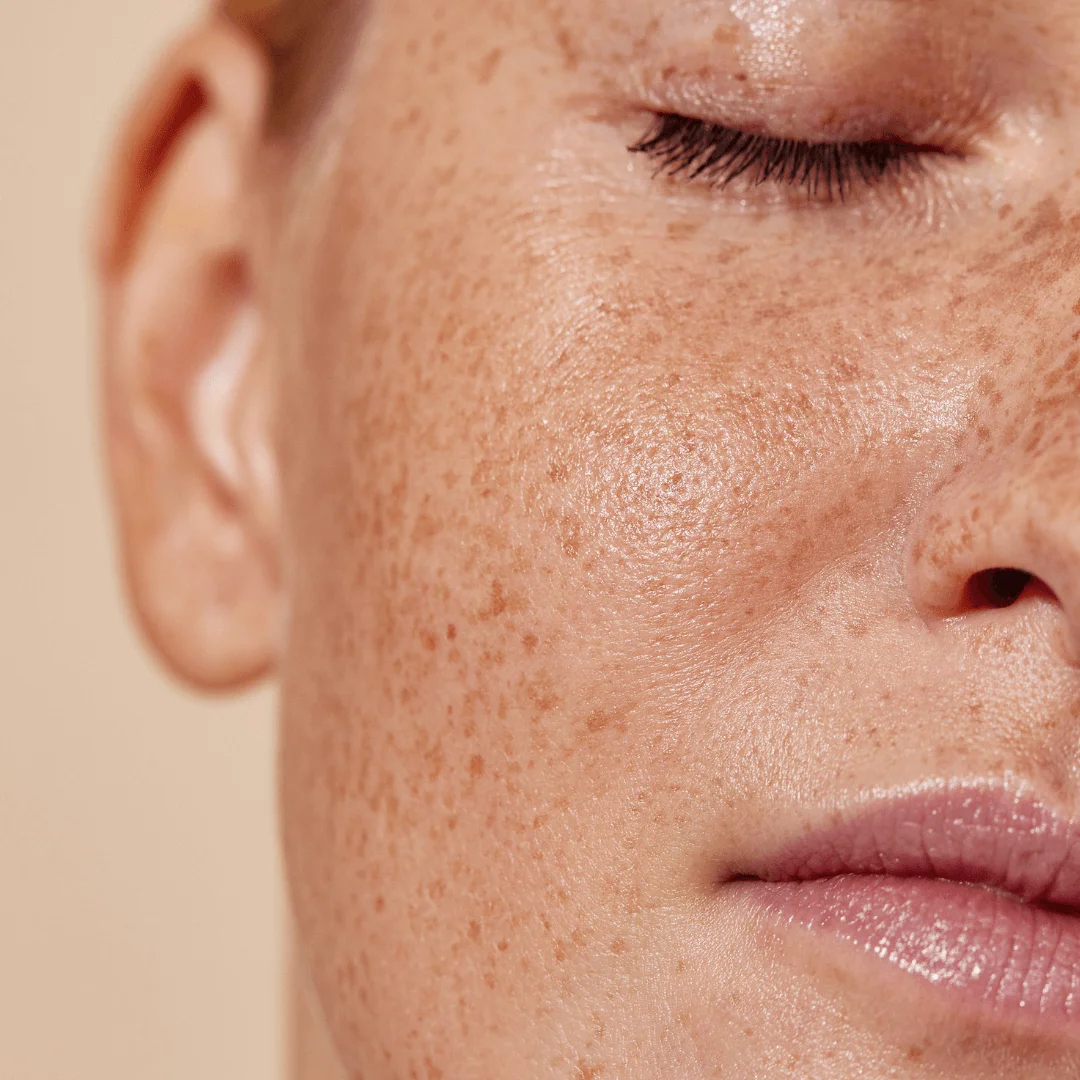
Hyperpigmentation is a skin concern characterized by darkened areas caused by an excess of melanin. It can appear as patches, spots, or scattered discoloration, often triggered by sun exposure, inflammation, hormones, or skin trauma. While not medically harmful, these changes in skin tone can be frustrating, especially when over-the-counter treatments don’t provide lasting results. At Aura Med Spa in Bellaire, TX, we offer a personalized, results-driven approach, combining professional treatments with targeted skincare and protection to help achieve long-term clarity.
Hyperpigmentation can affect anyone, but several factors increase the likelihood. Genetics—a family history of pigmentation issues can influence melanin production. Sun exposure stimulates melanin and deepens dark spots. Hormonal shifts, like pregnancy or hormonal contraception, can trigger melasma. Skin conditions that result in inflammation, like acne or eczema, can result in leftover pigmentation. Age and cumulative damage make skin more vulnerable to uneven tone. Understanding the cause helps guide treatment for lasting results, not just surface improvement.
Hyperpigmentation typically presents as visible changes in tone that can vary in size, depth, and distribution. Common characteristics include:
Hyperpigmentation is not painful, but its visibility—particularly on the face—often leads people to seek care. A skin exam or diagnostic light (such as a Wood’s lamp) can help determine the depth of the pigment and shape a more effective plan.
Because hyperpigmentation isn’t one condition—but a response to many triggers—treatment must be matched to the cause, pigment depth, and your skin type.
Not all discoloration is created equal. Identifying the type of hyperpigmentation is key to choosing the right treatment.
Determining the specific type of hyperpigmentation is crucial for choosing an effective treatment, since each kind demands a customized strategy to ensure optimal results.
Hyperpigmentation can develop for a range of reasons, with factors ranging from sun exposure and hormonal shifts to skin inflammation and medication side effects all playing a role in the appearance of darkened patches on the skin.
Each treatment works by interrupting the processes that cause pigment to accumulate. Topicals reduce melanin production and support healthy cell renewal. Chemical peels remove surface pigment while boosting regeneration. Microneedling prompts repair from within, helping diffuse discoloration. Light and laser devices heat or fragment deeper pigment for gradual clearing. Most plans include a combination of treatments tailored to your skin tone, history, and goals.
Long-term results depend on protection and consistency. After any pigment treatment:
Preventive care is essential for keeping discoloration from returning. With the right plan, you can maintain a smoother, brighter tone—and feel more confident in the skin you’re in.


Let’s get in touch!